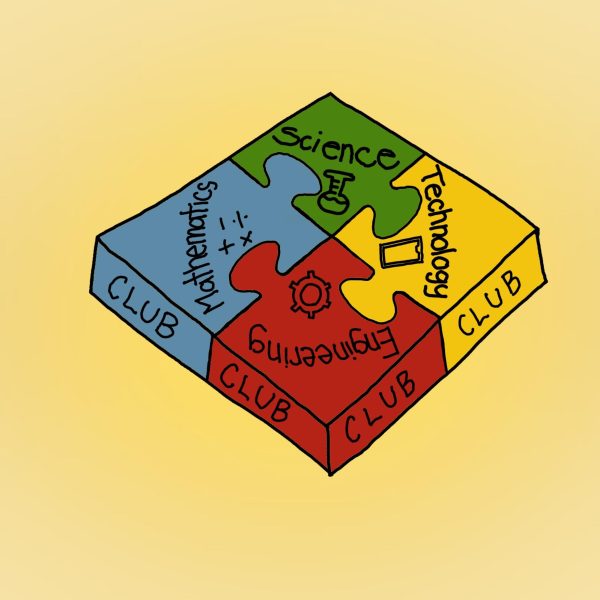The Impatient Patient: Give me your poor, tired, English-speakers only
“Something to think about…” former graduate studies biostatistics director at Duke University Megan Neely wrote in an email to first- and second-year students.
Neely’s email condemned Chinese international students’ use of their native language during what appeared to be non-academic time. Her concerns were spurred by two other faculty members who overheard the students speaking in Chinese at the student lounge and wanted their names so as to “remember … if the students ever interviewed for an internship or asked to work with them,” according to The Washington Post.
Worse so, Neely agreed with the faculty members that the students speaking their native language were rude — as not everyone around them could understand — and also “not taking the opportunity to improve their language.”
Why should it matter that a private conversation spoken among a group of people not be understood by everyone surrounding them?
It is likely that Neely believed her email would serve as a harmless warning — in another instance, she candidly admits she has no idea what international students go through, leaving their home countries, but maintains she has the “utmost respect” for them.
However, the fact that Neely ultimately decided to side with the faculty members that aimed to create a blacklist for the international students is telling of not only a stagnant belief in an expectation that “non-Americans” must wholly assimilate, but also an adverse reaction to something “foreign.”
According to a study in the Journal of Experimental Psychology, Chinese students who adopted a more “Anglo” (names of European origins) over “ethnic” name in emails to a college professor elicited more responses when using an “Anglo” name. The authors of the same study also found that anglicizing ethnic names implied an effort to assimilate.
Accentless English and names like “Mary” and “John” over “Mei” and “Jian” are proof of assimilation — but what is the goal of assimilation?
Historically, the idea of assimilation has always been inherently racist.
In the Supreme Court case Ozawa v. United States (1922) the Washington state attorney general argued against the prospects of Japanese being fully able to assimilate due to “marked physical characteristics.” The general argued that it was not a mindset or merit that determined assimilation — and that compared to the other immigrant groups such as Italians, the “racial uniform” etched into a foreign face will serve as a barrier.
Further distinctions between different immigrant groups deemed easily assimilable, or more accurately, being able to be easily mistaken for “American,” are present today as well. Donald Trump, in a meeting with senators, allegedly complained of the influx of immigrants from “shithole countries” such as Haiti, citing preference for immigrants from European countries such as Norway.
But the idea of assimilation is also an unattainable ideal — to what extent is someone fully assimilated? Is someone fully assimilated when they own a house with a white-picket fence and are able to root for their favorite Super Bowl teams? Or does assimilation require a complete dissolution of one’s former culture, weeding out “ethnic” aspects until they fit into an “American” mold?
Neely is right in that she does not understand the process of moving to America and having to adapt to a new language. And while her line of thinking may not have had inherently sinister intentions, condoning the singling out of students for not speaking English continues to promote the fundamentally conflicting idea of assimilation.
The American identity is not a melting pot. The melting pot theory, by design, focuses on a homogenous society moving away from a heterogenous one. If we expect all to “melt” into America, they would have to melt into a 76 percent white and 78 percent Christian nation. And what is left is not a perfect blend, but the dilution of cultures minimized into a supposed version of an American identity.











